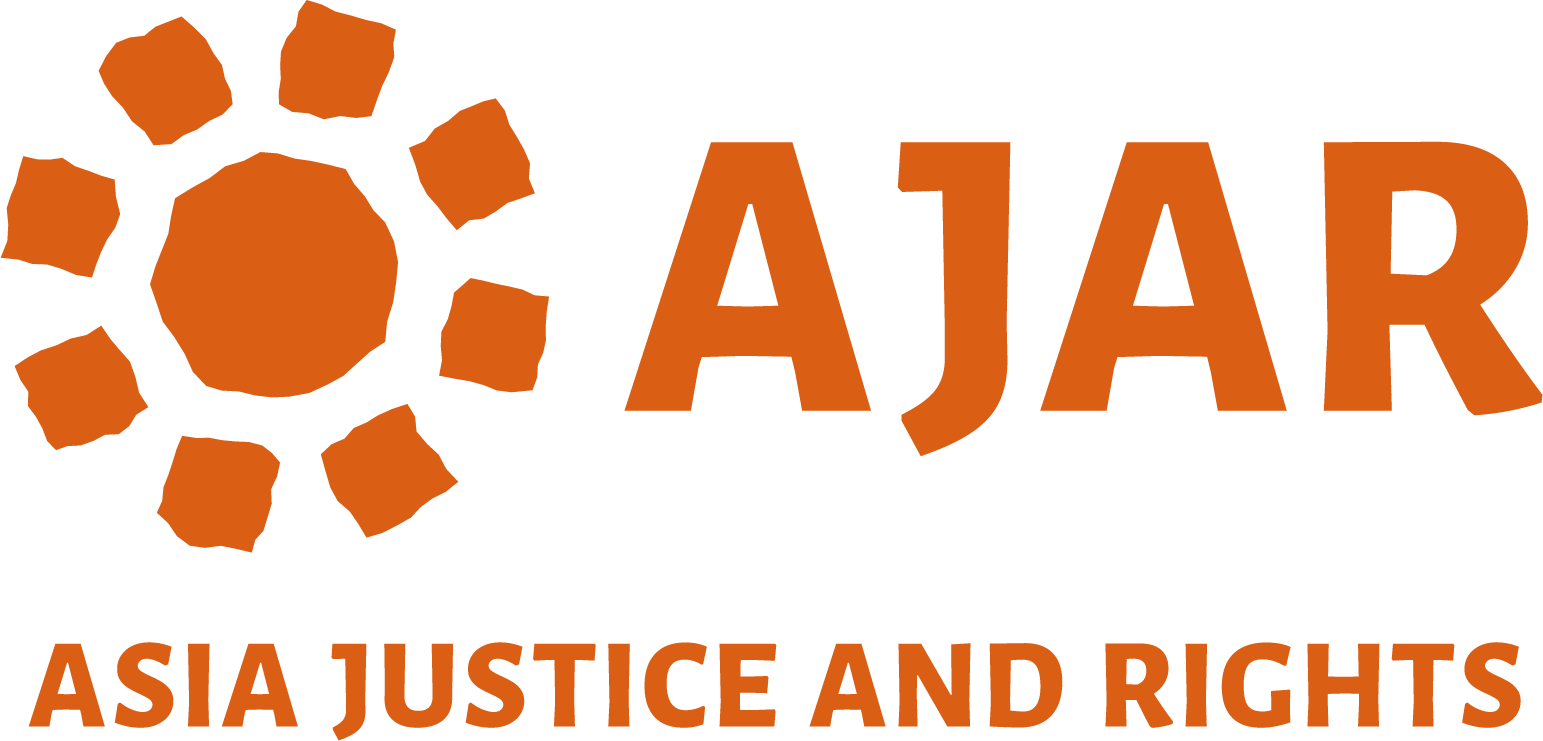About This Course
သင်တန်းအကြောင်း
For most of the 20th century, those demanding accountability for serious human rights violations in Asia had little chance of securing formal prosecutions. Apart from the Tokyo Trials following World War II and some domestic military trials for mass atrocities, perpetrators of mass violations and in particular those most responsible were not brought to justice. In some Asian countries, hybrid courts employing a mix of international and domestic judges have been established to try international crimes.
၂၀ ရာစုနှစ်၏ အများစုသောကာလအတွင်း အာရှတိုက်ဒေသအတွင်း ပြင်းထန်သော လူ့အခွင့်အရေးချိုးဖောက်မှုများအတွက် တာဝန်ယူတာဝန်ခံမှုကို တောင်းဆိုတိုက်ပွဲဝင်နေသူများသည် တရားစွဲဆိုမှုများ ဆောင်ရွက်နိုင်သည့် အခွင့်အလမ်းနည်းပါးကြသည်။ ဒုတိယကမ္ဘာစစ်အပြီး တိုကျိုခုံရုံးများနှင့် အစုအပြုံလိုက် ရက်စက်ယုတ်မာမှုများအတွက် ပြည်တွင်းစစ်ခုံရုံးအချို့မှလွဲ၍အစုအပြုံလိုက် ချိုးဖောက်ကျူးလွန်သူများနှင့် တာဝန်အရှိဆုံးသူများကို တရားခုံရုံးရှေ့မှောက်သို့ ပို့ဆောင်နိုင်ခဲ့ခြင်းမရှိပါ။ အချို့သောအာရှနိုင်ငံများတွင် နိုင်ငံတကာရာဇ၀တ်မှုများကို စုံစမ်းစစ်ဆေးရန်အတွက် နိုင်ငံတကာနှင့် ပြည်တွင်းတရားသူကြီးများ ရောနှောထားသော ပေါင်းစပ်တရားရုံးများကို တည်ထောင်ခဲ့သည်။
In Timor-Leste and Cambodia, these courts have sought, with varying degrees of success, to hold perpetrators accountable while simultaneously strengthening the domestic legal system. In recent years, shifting political dynamics and the efforts of empowered civil society members have led to significant innovations in the prosecution of serious human rights violations in Asia.
တီမောလက်စ်တီနှင့် ကမ္ဘောဒီးယားနိုင်ငံတို့တွင် အဆိုပါတရားရုံးများသည် ပြည်တွင်းတရားစီရင်ရေးစနစ်အား အားကောင်းလာအောင် ဆောင်ရွက်နေသည့် တပြိုင်တည်းတွင် ပြစ်မှုကျူးလွန် တာဝန်ခံစေရန် ဆောင်ရွက်ခြင်းဖြင့် မတူသော အောင်မြင်မှုအတိုင်းအတာအဆင့်များကို ကြိုးပမ်းရရှိခဲ့ကြသည်။ မကြာသေးမီနှစ်များအတွင်း နိုင်ငံရေးအခြေအနေ အပြောင်းအလဲများနှင့်အားကောင်းလာသောအရပ်ဖက်အဖွဲ့အစည်းများ၏ ကြိုးပမ်းအားထုတ်မှုများက အာရှတိုက်ဒေသကြီးအတွင်း ပြင်းထန်သော လူ့အခွင့်အရေးချိုးဖောက်မှုများကို တရားစွဲဆိုရာတွင် သိသာထင်ရှားသော ဆန်းသစ်တီထွင်မှုများ ဖြစ်ပေါ်လာခဲ့သည်။
This course aims to increase understanding and build the capacity of those working to advance human rights in the region. It will also provide participants with opportunities to share their experiences and build an online community with other human rights defenders.
ဤသင်တန်းသည် ဒေသတွင်း လူ့အခွင့်အရေးအခြေအနေများ တိုးတက်လာရန် ဆောင်ရွက်နေသူများ၏ အသိပညာ တိုးပွားစေရန်နှင့် စွမ်းရည်များကို တည်ဆောက်ပေးရန် ရည်ရွယ်ပါသည်။ ဤသင်တန်းကို ပါဝင်သူများအား သူတို့၏ အတွေ့အကြုံများကို မျှဝေရန်နှင့် အခြားသော လူ့အခွင့်အရေး ကာကွယ်မြှင့်တင်သူများနှင့် အွန်လိုင်းလူမှုအသိုင်းအဝိုင်းကို တည်ဆောက်ရန် အခွင့်အလမ်းများလည်း ပေးမည်ဖြစ်သည်။
Course Details:
- Mode of Study: Flexible and Independent Study, 100% online
- Level of Study: Intermediate Level
- Prerequisites: ‘Introduction to Transitional Justice’ Course
- Duration: Approx. 1.5 – 2 hours to complete
- Language: English
သင်တန်းဆိုင်ရာအသေးစိတ်အချက်အလက်များ
- လေ့လာသင်ယူမှုပုံစံ – သက်တောင့်သက်သာရှိ၍ လွပ်လပ်စွာ လေ့လာနိုင်သည့်၁၀၀ ရာခိုင်နှုန်း အွန်လိုင်းသင်ယူမှု
- လေ့လာမှုအဆင့် – အလယ်အလတ် အဆင့်
- လိုအပ်ချက်များ – အသွင်ကူးပြောင်းမှုဆိုင်ရာတရားမျှတမှုမိတ်ဆက် တက်ထားရန် လိုအပ်။
- ကြာချိန် – ပြီးမြောက်ရန် ၁ နာရီခွဲ မှ ၂ နာရီ
ဘာသာစကား – မြန်မာ
